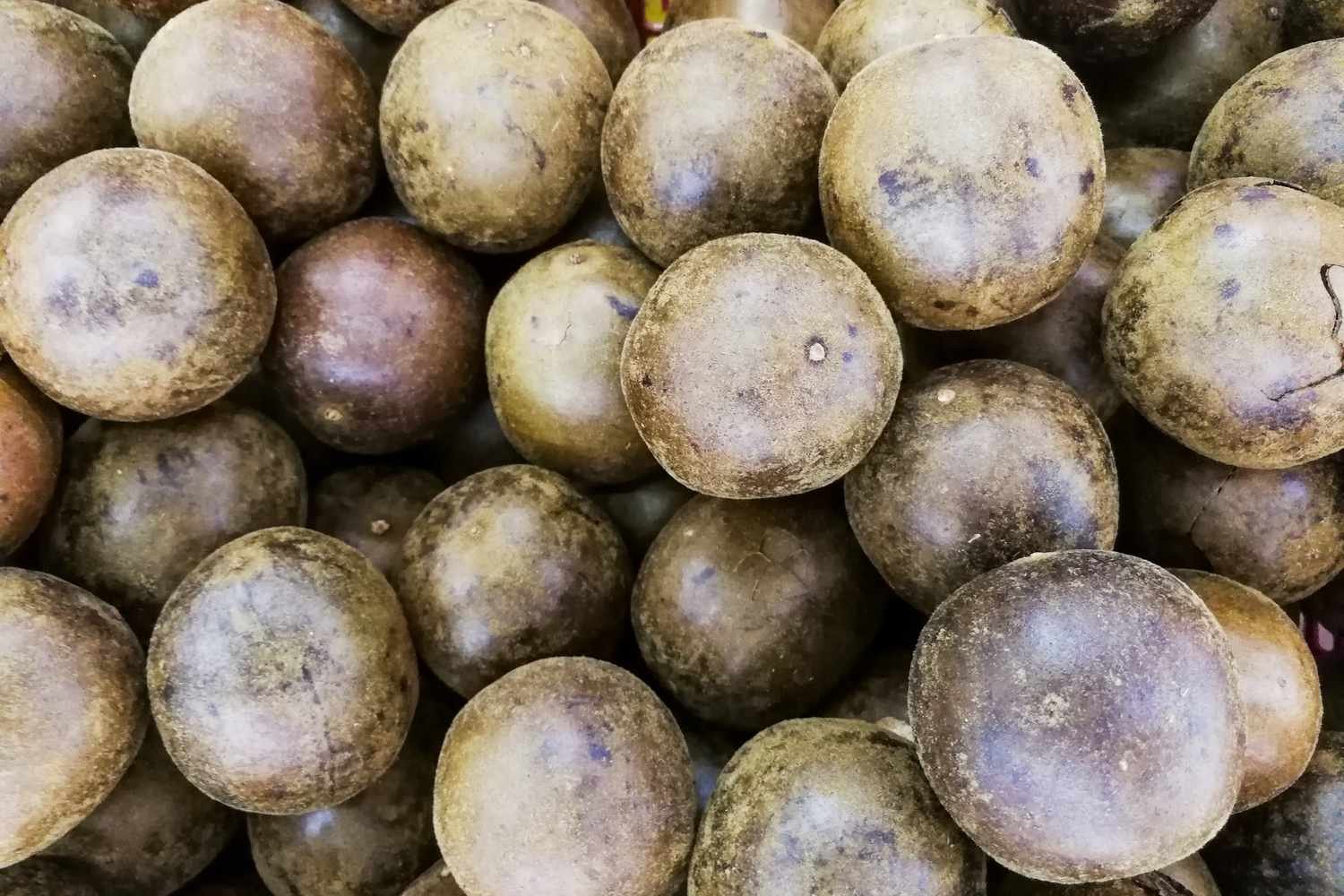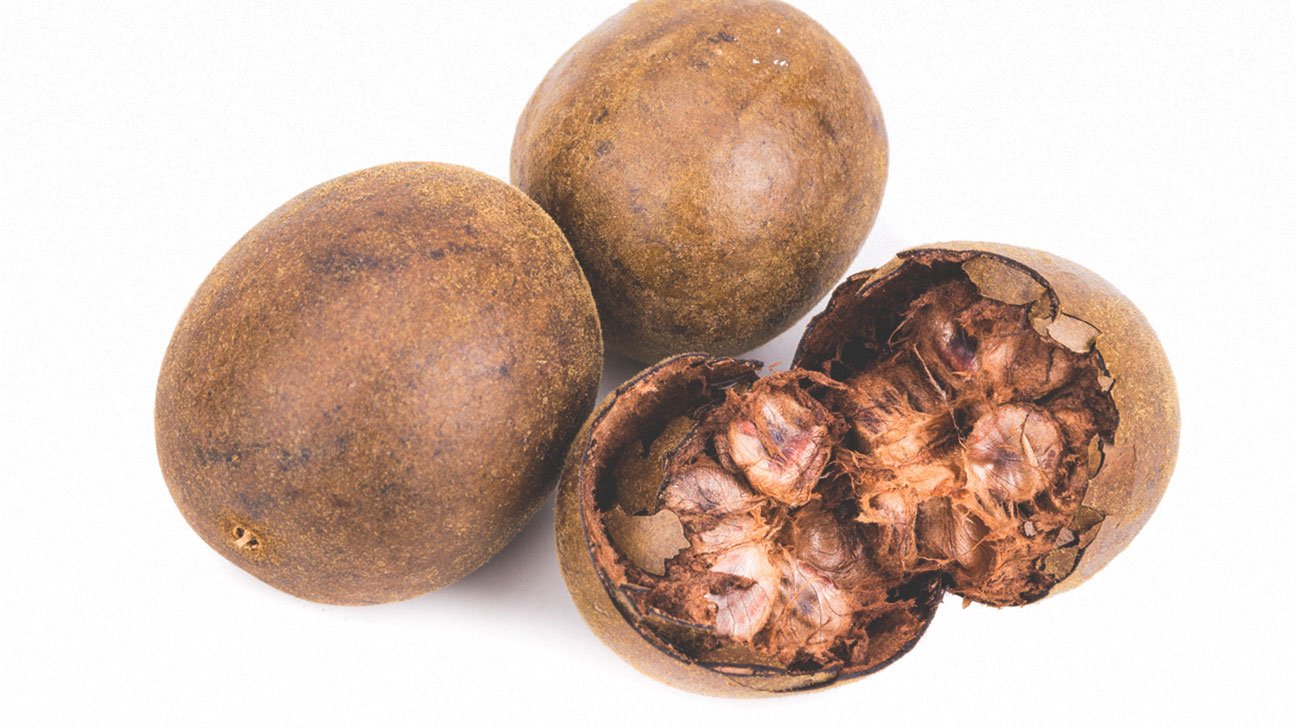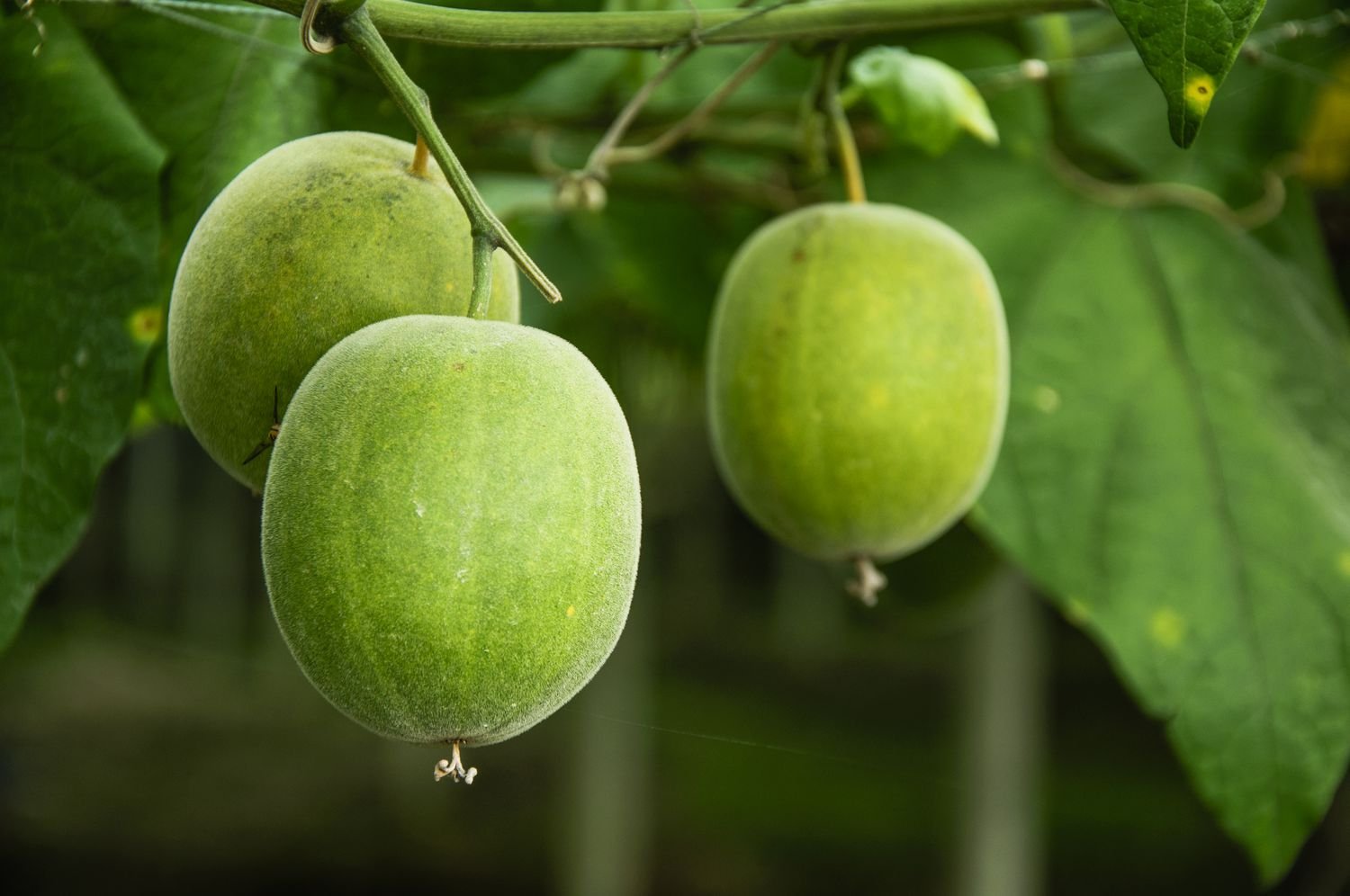Monk Fruit

Introduction: Welcome to our in-depth monk fruit guide! Monk fruit is a natural sweetener that has garnered a lot of interest recently due to its many health advantages. We’ll go over everything there is to know about monk fruit in this blog post, including its history, scientific qualities, culinary applications, and fascinating tidbits. Prepare to explore the interesting world of monk fruit and learn why it’s quickly gaining popularity among people who are concerned about their health worldwide.
Origins and History of Monk Fruit
Siraitia grosvenorii, or monk fruit, is the scientific name for this little green gourd that is indigenous to northern Thailand and southern China. The fruit is valued for both its therapeutic qualities and sweet flavor and has been grown in the area for millennia.
According to legend, monk fruit got its name because Buddhist monks made the initial discovery of it in the thirteenth century. It was reported that these monks grew and ate monk fruit as a home cure for a variety of illnesses. Monk fruit was once considered a mainstay of traditional Chinese medicine due to its reputation for easing sore throats, facilitating digestion, and enhancing general health.
The Science Behind Monk Fruit Sweetener
The naturally occurring substances known as mogrosides, which are concentrated in the fruit’s flesh and seeds, are what give monk fruit its sweetness. Because mogrosides do not elevate blood sugar levels like sugar does, monk fruit sweetener is a great substitute for people with diabetes or those on a low-carb diet.
Monk fruit sweetener is also thought to be up to 200 times sweeter than sugar, thus a tiny amount is required to get the necessary sweetness. Moreover, it contains no calories. The mogrosides are removed from the fruit by crushing and filtering it to produce monk fruit sweetener, which is then available as a concentrated liquid or powder for use in a range of culinary applications.
Health Benefits of Monk Fruit
Monk fruit sweetener is not only just sweet; it additionally provides several health benefits. One of the main benefits is how it affects blood sugar. Because it doesn’t include fructose or glucose, which can raise blood sugar levels, monk fruit sweetener is a safe and suitable option for persons with diabetes or those attempting to control their blood sugar levels.
In addition to being free of calories and carbohydrates, monk fruit sweetener is a fantastic choice for anyone pursuing a low-carb or calorie-restricted diet. Additionally, study has shown that the strong antioxidants known as mogrosides, which are included in candies made from monk fruit, have anti-inflammatory and anti-cancer properties. These antioxidants safeguard cells from damage, which may enhance overall health and wellbeing on by free radicals.

Culinary Uses of Monk Fruit
Monk fruit sweeteners can be used in a wide range of culinary uses, such as baking, cooking, drinks, and desserts. Its extreme sweetness means that very little is required to sweeten meals, making it a cheap and effective sugar substitute. Monk fruit sweetener can be used in place of sugar in nearly any recipe, particularly ones for cakes, cookies, muffins, and sauces.
Since it dissolves in both hot and cold drinks, it is perfect for sweetening coffee, tea, smoothies, and cocktails. Monk fruit sweetener is a great option for recipes calling for a high heat tolerance because it also maintains its sweetness and flavor even when baked or fried at high temperatures.
Monk Fruit in the Market
Over the past couple of decades, monk fruit sweetener has grown in popularity and is now readily accessible in supermarkets, health food stores, and through online retailers. It comes in a variety of formats so that clients can choose the one that best suits their needs. Granules, powders, and liquid extracts are some of these forms.
Food and beverage companies have also come to love monk fruit sweeteners, using them in their packaged goods, beverages, and dietary supplements. The market for natural, low-calorie sweeteners will keep growing, which will lead to an increase in the popularity of monk fruit sweeteners.
Interesting Facts About Monk Fruit
Monk fruit is linked to other fruits including cucumbers, squash, and melons and is categorized as a part of the gourd family (Cucurbitaceae).
Mogrosides, which can be up to 300 times sweeter than sugar, are the source of the sweetness found in monk fruit.
Monk fruit has been used for many years in traditional Chinese medicine for medical illnesses like coughs, sore throats, and digestive issues.
The monks who originally produced monk fruit in the thirteenth century are the reason behind the fruit’s name.

Monk Fruit vs. Other Sweeteners
Monk fruit sweetener is frequently contrasted with other well-known sweeteners, such as erythritol, xylitol, and stevia. While each sweetener has special characteristics and benefits of its own, monk fruit sweetener stands out for its extreme acidity, low calorie, and carbohydrate content, and lack of bitter taste.
Monk fruit sweetener is a well-liked option for people searching for a healthy substitute for sugar because it is also thought to be more natural and less processed than some other sweeteners.
Conclusion
In conclusion, monk fruit is a naturally occurring sweetener that has a wide range of culinary and health applications. Because of its strong sweetness, low calorie and carbohydrate content, and lack of harsh aftertaste, it’s a great substitute for sugar for people trying to control their blood sugar levels or cut back on sugar.
Monk fruit sweetener is anticipated to become increasingly more common in the market as consumer demand for all-natural, low-calorie sweeteners grows. So why not sample the sweet flavor of nature’s bounty with monk fruit sweetener?
Frequently Asked Questions
Is monk fruit sweetener safe?
Yes, the FDA has classified monk fruit sweetener as generally regarded as safe (GRAS) and it has been used for millennia without any negative side effects being documented.
Does monk fruit sweetener have any side effects?
Most people tolerate monk fruit sweetener well, and there aren't any known serious adverse effects. But when taken in excessive amounts, some people may have moderate digestive problems like gas or bloating.
Can monk fruit sweetener be used in baking?
Yes, you can use monk fruit sweetener in place of sugar while baking. It can withstand high temperatures without losing its sweetness or flavor since it is heat-stable.
Is monk fruit sweetener suitable for individuals with diabetes?
Because monk fruit sweetener does not elevate blood sugar, it is appropriate for those with diabetes. Additionally, it is thought to have very little impact on insulin levels.
Where can I buy monk fruit sweetener?
Grocery stores, health food stores, and internet vendors carry monk fruit sweeteners. It comes in several forms, such as granules, powders, and liquid extracts.

Pingback: How To Cure Fungal Infection On Skin Naturally at Home